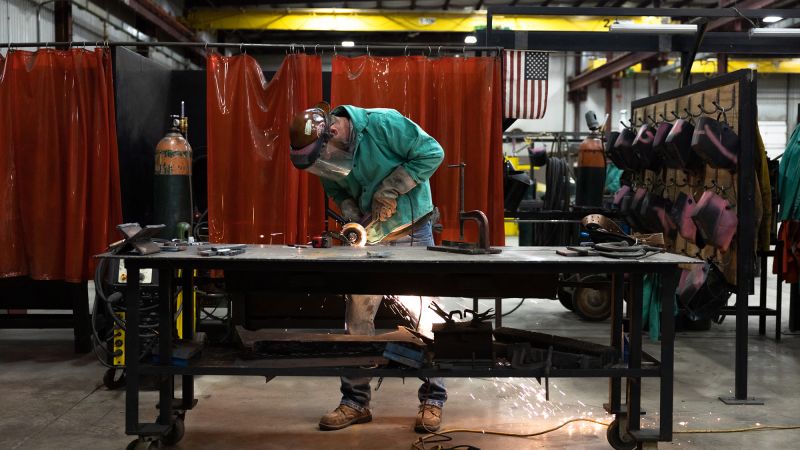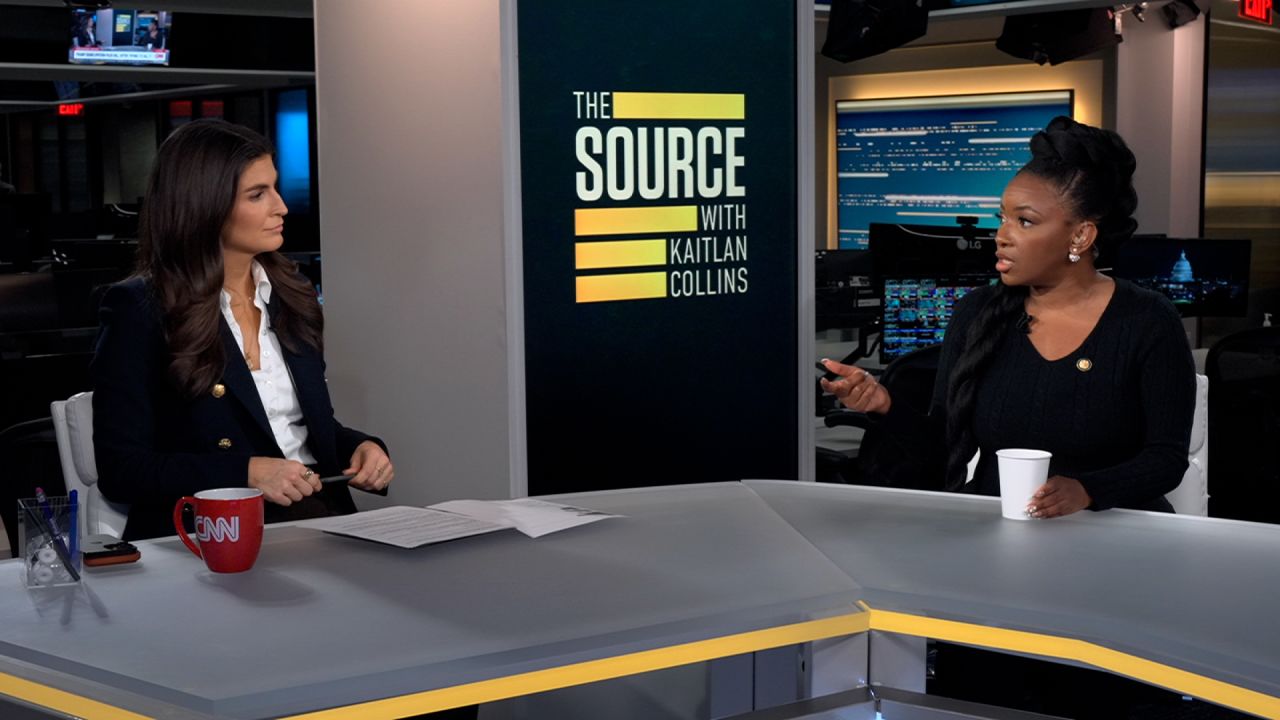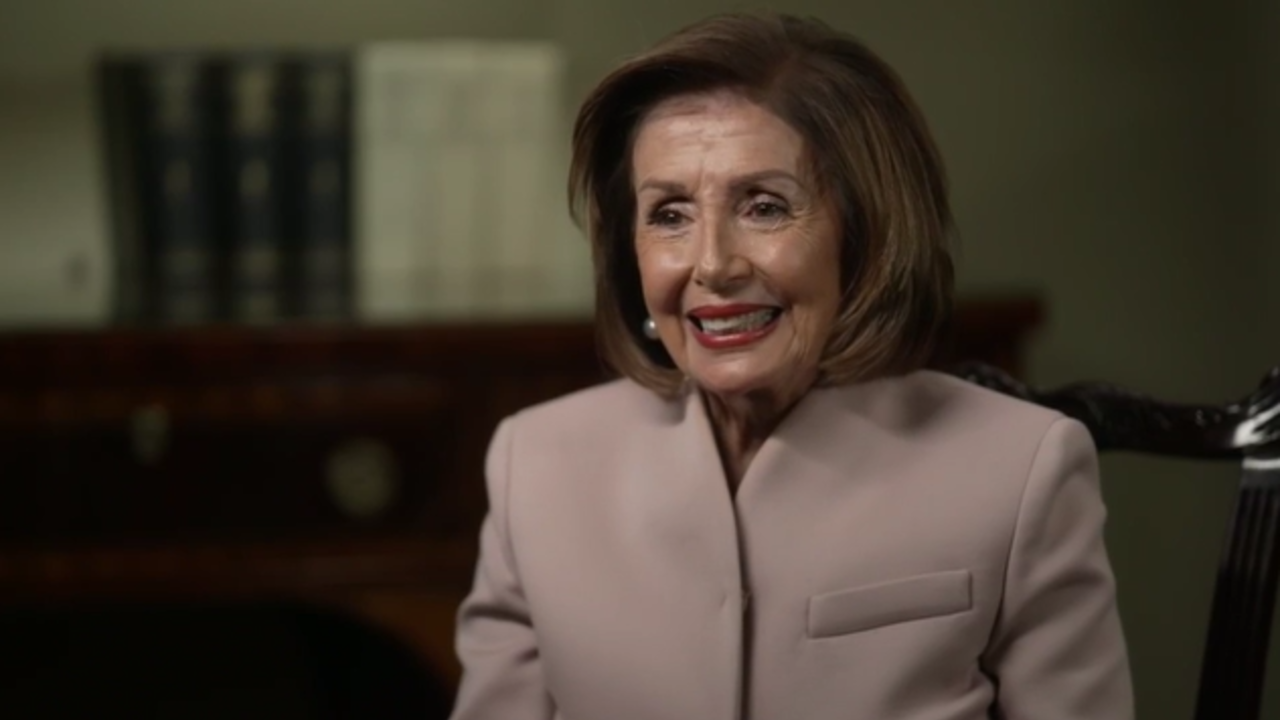Tariffs Fail to Boost U.S. Manufacturing Jobs Amid Uncertainty

President Donald Trump‘s aggressive tariff strategy has not revived American manufacturing jobs as intended. Recent data indicates that the manufacturing sector lost a total of 14,000 jobs in May and June 2023, despite the administration imposing tariffs at levels not seen in nearly a century. The chaotic implementation of these policies has created significant uncertainty for businesses, hindering their ability to hire and make long-term plans.
Economists and trade experts point to the disorganized nature of the trade war as a factor that exacerbates the challenges facing U.S. manufacturing. The Bureau of Labor Statistics reported that manufacturing hiring in May fell to its lowest rate since 2016, even dipping below levels from the COVID-19 pandemic. Furthermore, the number of job openings in manufacturing has decreased by nearly 100,000 since Trump took office in January 2017.
The inconsistent approach to tariffs has left many business leaders seeking clarity. “It’s a policy choice to sow this much uncertainty. And that uncertainty has a cost,” said Betsey Stevenson, a professor at the University of Michigan and former chief economist at the Department of Labor under President Obama. Executives in the manufacturing sector have expressed frustration over the lack of stable rules, complicating their forecasting and hiring decisions.
In a recent survey by the Institute for Supply Management, one machinery executive stated, “The tariff mess has utterly stopped sales globally and domestically. Everyone is on pause. Orders have collapsed.” Another executive noted the overwhelming volatility in policy, describing the current environment as “hellacious.”
Trump’s administration has announced sweeping tariff increases on various goods, including a proposed 50% tariff on imports from Brazil, a country with which the U.S. traditionally maintains a trade surplus. The administration also plans to impose a 50% tariff on copper—a vital material for manufacturers—and has discussed a staggering 200% tariff on pharmaceuticals. This surge in tariff activity, occurring over just a few days, reflects ongoing uncertainty for U.S. companies.
Many analysts, including Hardika Singh, an economic strategist at Fundstrat Global Advisors, argue that the chilling effect of these tariffs will prevent a resurgence in manufacturing jobs. “It’s hard for companies to navigate this fog. Nobody knows what’s going on,” Singh stated.
It is important to note that the long-term effects of Trump’s tariffs and the comprehensive legislation signed into law, which includes tax breaks to encourage domestic manufacturing, remain to be fully understood. While it is true that factories cannot be built overnight, the White House maintains that these initiatives are laying the groundwork for a future resurgence in the manufacturing sector.
White House spokesperson Kush Desai asserted that Trump’s policies have stabilized a sector that struggled under President Joe Biden, who saw a loss of more than 100,000 manufacturing jobs in his final year. Desai pointed to recent improvements in factory employee hours and overtime pay as evidence of progress.
Despite this, some of Trump’s tariffs have inadvertently raised production costs within the U.S. For example, tariffs on steel and aluminum have created increased expenses for manufacturers. Research indicates that while Trump’s 2018 steel tariffs added 1,000 jobs in the steel industry, they contributed to a loss of around 75,000 manufacturing jobs overall due to higher input costs.
Critics, including Robert Lawrence, a senior fellow at the Peterson Institute for International Economics, express skepticism about the likelihood of a significant manufacturing hiring boom. “I don’t think this is where the future lies,” he remarked, highlighting that manufacturing now constitutes only about 7.9% of total U.S. jobs. Lawrence’s research suggests that even eliminating the manufacturing trade deficit would only raise employment in the sector by approximately 1.7 percentage points.
The decline in manufacturing employment in the United States has been a long-term trend, driven by an economy shifting toward service-oriented jobs. Approximately 95% of job growth in the U.S. since the 1950s has occurred in the service sector. Manufacturing employment peaked at 19.5 million in 1979 but fell to 11.4 million during the pandemic in April 2020. Although the sector recovered to pre-COVID levels in 2022, it has since continued to decline.
The rise of automation and robots, alongside competition from cheaper overseas labor, further complicates the landscape for U.S. manufacturing jobs. Chris Cocks, CEO of toy manufacturer Hasbro, noted that producing toys in the U.S. is 50% to 60% more expensive than overseas. Many factories struggle to find skilled workers, particularly in regions away from major population centers.
There exists a paradox in public opinion, as around 80% of Americans believe a larger manufacturing sector would be beneficial, yet only 25% are interested in pursuing jobs in this field. This sentiment was echoed in a CNN poll, which found that 73% of Americans preferred office work over manufacturing jobs, even at equivalent pay.
While Trump often attributes the decline in U.S. manufacturing to foreign nations “cheating” America, Lawrence emphasizes that this trend is not unique to the U.S. As nations develop, manufacturing employment naturally declines, driven by increased productivity and a shift in consumer spending towards services. Lawrence warns that Trump’s tariff strategies could undermine American manufacturing by raising production costs and alienating global allies.
The future of U.S. manufacturing hangs in the balance, influenced by both domestic policies and international trade relations. As companies navigate this period of uncertainty, the long-term impacts of current tariff strategies remain to be seen.






